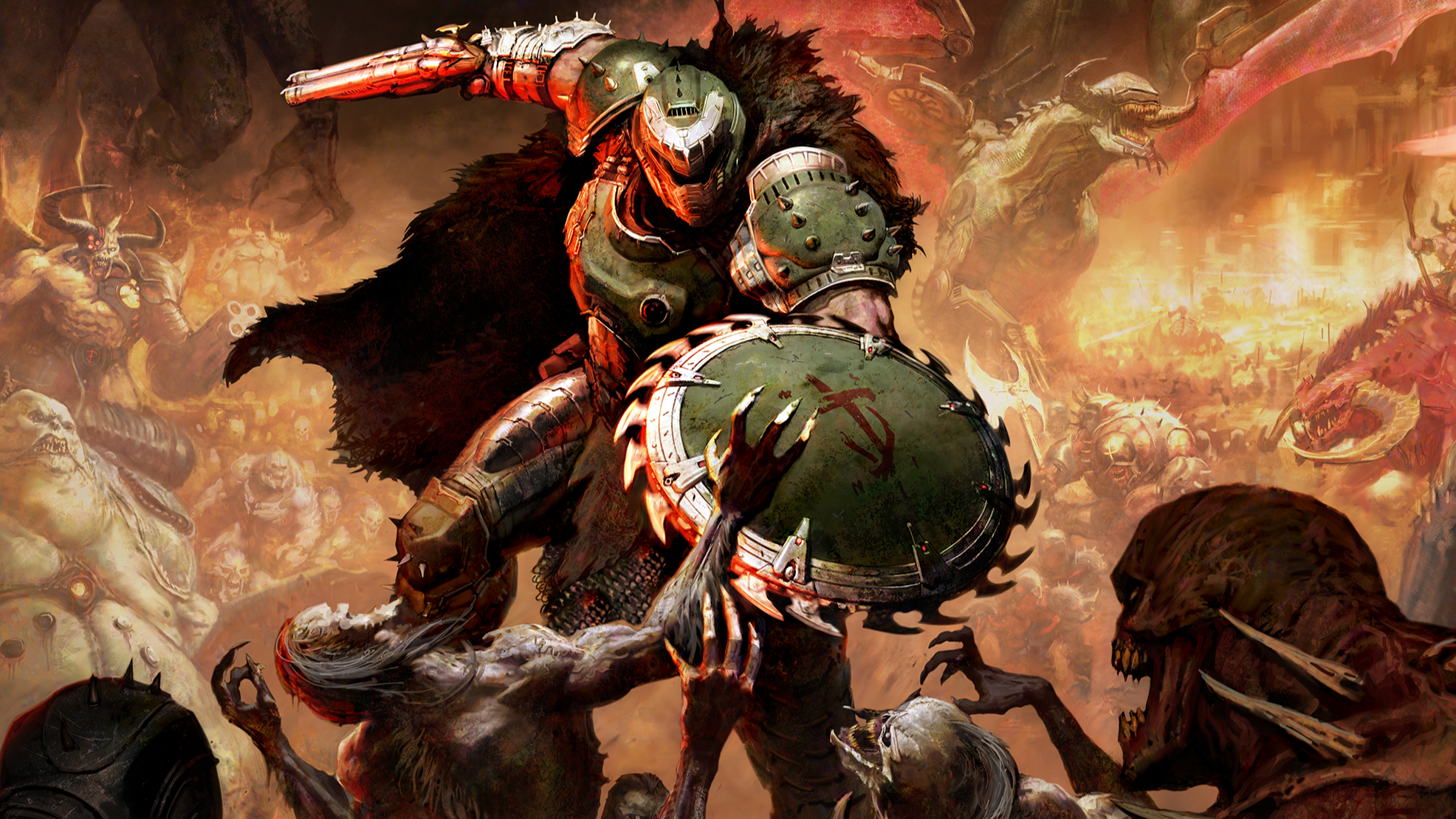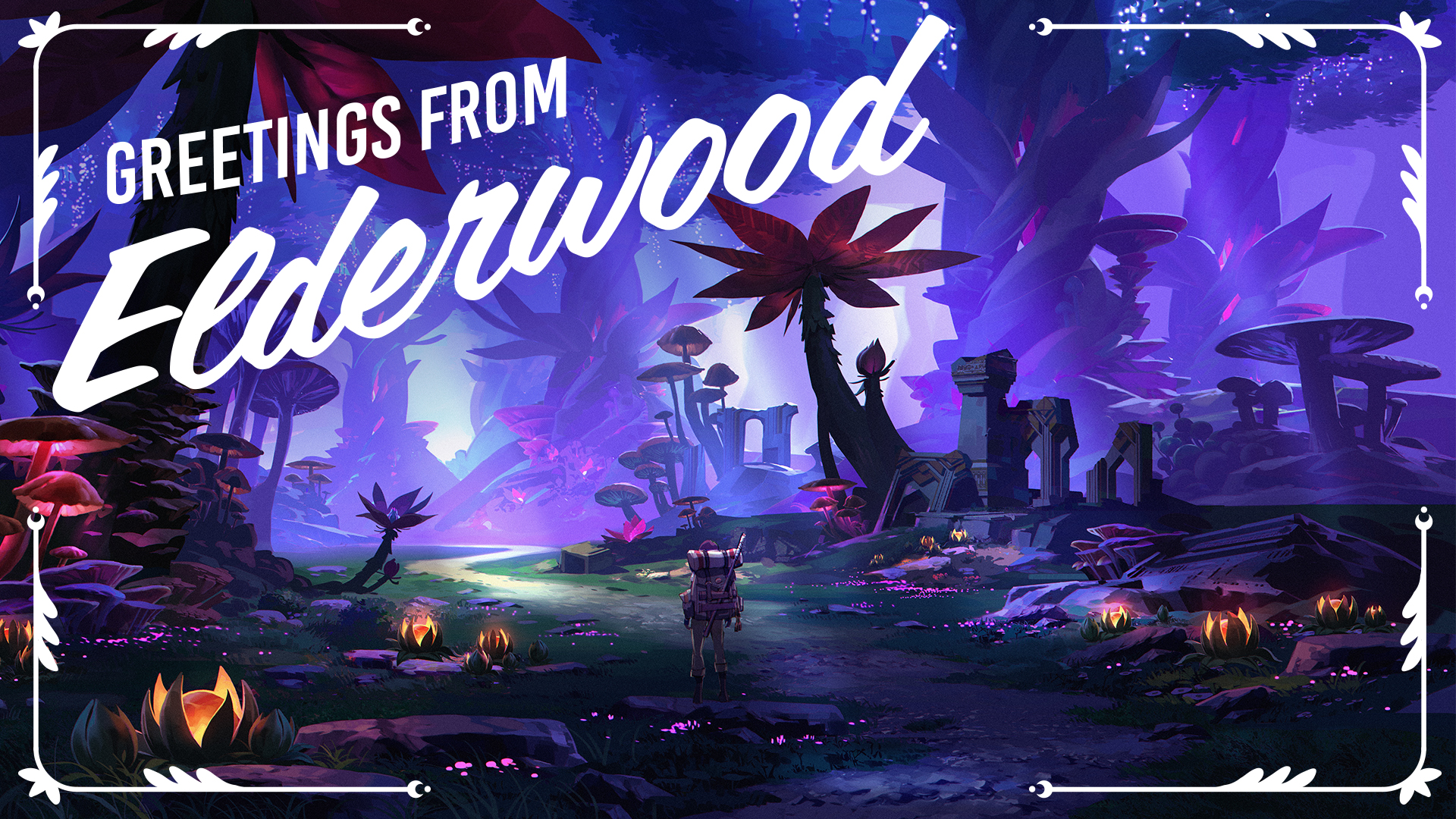
Monster Hunter Wilds Hands-on Preview: Exactly What I Hoped For
The first thing that jumped out to me as I began Monster Hunter Wilds’ introductory mission was how quickly I got invested in its story now that both my character and my Palico companion had voice acting of their own. The second thing, sadly, was how poorly this early preview build ran once I took control. Wilds is exceptionally exciting to me, recapturing what I love about Monster Hunter World while learning from the joy that came from Monster Hunter Rise’s enhanced mobility, finding a balance of both that felt great across the handful of missions I tried. It’s unfortunate that its rough, in-development performance put a little bit of a damper on my demo time, but if Capcom can sort those issues out by launch next year, Wilds could be exactly what I was dreaming of from the next Monster Hunter.
What’s immediately clear is that Wilds has continued to put a priority on smoothing out some of the traditionally rougher edges of this series. For instance, rideable monster mounts make a return after first being introduced as an automated option in World’s Iceborne expansion and then expanded into full control in Rise. This iteration leans more toward the latter, defaulting to follow a target but allowing you to take the reins directly anytime. Your dino-bird, called a Seikret, can scamper across special paths, glide, and give you time to use or collect items, which makes travel engaging in a way that feels less artificial than Rise’s Spiribird busywork.
But it’s not just a matter of convenience, as your mount also stores a second weapon option that you can swap to while riding. As a lifelong Insect Glaive main, this didn’t really appeal to me at first… until I realized that you can also use ranged weapons like Bowguns while mounted. That fully recontextualized this system, letting me pepper a retreating monster with bullets while my Seikret automatically chased it down, then swap back to my Glaive when it was time to hop off. I guess we’re all learning ranged weapons now, and I am very okay with that added flexibility.
I can only really speak to my experience with the Insect Glaive when it comes to how weapons have changed, but I was surprised by the adjustments I saw there – most of which seem to be in service of the new Focus Mode option that lets you more precisely aim your attacks at specific monster parts and special weak points. I found myself with a lot more options to sidestep or make micro-adjustments while attacking, with seemingly fewer combos that would end with a move that killed my momentum and more opportunities to really control how I was laying down the hurt. Again, I didn’t play enough to have the clearest sense of that shift just yet, but it feels like that Rise philosophy of speeding up some of the clunkier parts of combat is alive and well, even if you aren’t flying around on a Wirebug this time.
Wilds has continued to put a priority on smoothing out rough edges.
And if you’ll indulge some Glaive-specific gushing, there are two massive changes that radically changed the combat pattern I was used to. First, landing your aerial attack no longer bounces you back into the air for a chain of helicopter-blade slicing, which was admittedly a huge drag to discover. But the loss of that goofy fun is at least partly made up for by more convenience tweaks, as hitting a weak point with a special Focus Strike move will not only deal tons of damage, it also immediately collects all three Kinsect essences at once, massively speeding up that process in the mid-to-late part of a hunt. (Your aiming reticle now also has a helpful indicator that tells you which essence the monster part you are aiming will provide, and managing that system feels like less of a hassle all around.)
Even in my short playtime, I saw so many little examples of things like this – stuff that doesn’t undermine the challenge and deliberate pace that makes Monster Hunter what it is but does make the experience that much smoother. There’s a quick option to use whatever recovery items you have that will minimize waste, your hook can grab most items from afar (even while mounted), collecting at gathering points moves just a bit quicker, you can finally pick up bomb barrels after placing them, and firing an SOS flare will even fill your team with AI hunters if you’re offline or until real people online are able to join. It’s a laundry list of tweaks that aren’t necessarily revolutionary, but all make so much sense you wonder why it wasn’t like this before.
Of course, the big, buggy Gammoth in the room is how it all ran. I am willing to give Capcom the benefit of the doubt to a pretty substantial degree here given Wilds doesn’t even have a release date beyond “2025” yet – there is presumably a lot of time left to polish things up – but it’s still worth mentioning that this demo ran badly. Like, really distractingly badly. During busy moments, the framerate dropped to a degree that almost made it hard to play, and the group I was playing with saw multiple hard crashes. Again, this in-development build is by no means the final version of Wilds, but it is the version Capcom chose to show us, and I can’t help but be just a touch concerned that maybe that’s an indication that, at best, Wilds might drop later in 2025 than I was expecting, or at worst, that Capcom bit off a little more than it will ultimately be able to chew.
That’s partly because the ambitious scope here is truly impressive, seemingly hoping to keep hunters out in the field longer. Rather than kicking you back to town after a successful hunt, the second mission I did was structured more like Iceborne’s Guiding Lands, where you could stick around after to explore or immediately take on a new one, with world events and other dynamic things coming and going around you. Rather than starting from a single tent, there was even a surprisingly large outpost on the map I saw, complete with NPCs to talk to. I didn’t really get to see much of this side of Wilds in my demo, but it could add up to a very different feel between fights.
From what I did see, Wilds is shaping up to be pretty much what I hoped for: a Monster Hunter that embraces the parts of Rise that made it so much more inviting, but also doesn’t shy away from the larger scale and spectacle that helped make World the more enduring entry for me. It’s hard to tell exactly which way that needle will point after just a few missions (or if these structural changes will swing it somewhere else entirely), but I certainly can’t wait to play more so I can find out.
Tom Marks is IGN’s Executive Reviews Editor. He loves puzzles, platformers, puzzle-platformers, and lots more.







